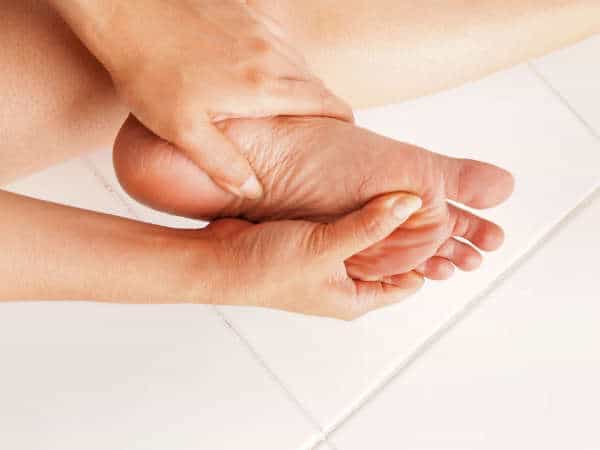Diabetic Foot Problems and Treatments

The excess of sugar or glucose in your blood is called diabetes and it can cause severe nerve damage and poor circulation of blood around the body. Due to improper circulation of blood, serious foot problems can happen and good care must be given to the area which is affected and should take necessary measures to avoid infection or sore on your foot.
- There will be an increase in the risk of ulcers for the people suffering from diabetes and can cause issues to the feet.
- Peripheral neuropathy and peripheral artery disease are the two main conditions which are responsible for the foot issues associated with the people suffering from diabetes.
- Many different types of foot problems can occur to the individuals with diabetes such as the fungal infections, calluses, corns, bunions, hammertoes, ingrown toenails, and dryness of the skin.
- Diabetes-related foot issues can be prevented by taking a good control over your blood sugar level and also good care of the feet.
- Due to the absence of blood circulation, tissue death can be caused and is called as Gangrene. This can lead to bacterial infection which can be life-threatening if proper care is not given.
How diabetes causes foot problems?
Both the type I and type II diabetes causes damage to peripheral nerves and blood vessels which can further result in issues with feet and legs. As mentioned earlier two main conditions, peripheral neuropathy, and peripheral artery disease increase the risk of foot issues in people with diabetes.
- Peripheral neuropathy is referred to as the damage caused to the peripheral nerves in the body as a result of diabetes. The symptoms of peripheral neuropathy include the decreased sensation in the nerves of the feet and also difficulty in perceiving injuries due to lack of feeling. It also causes a burning, pain or tingling in the affected areas. Peripheral neuropathy can cause the muscles of the lower legs to work abnormally which leads to misalignment of the foot.
- Peripheral vascular disease is another name for the peripheral artery disease and it means that there is an occlusion or narrowing by atherosclerotic plaques outside the artery of the brain and heart. This is also known as the hardening of the arteries. Diabetes is the risk factor which is associated with the artery disease. The symptoms of this include pain in the calves while exercising and the oxygen delivered to the feet and lower legs will be decreased.
Treatment:
A few points have been listed which clearly tells the different ways to avoid the foot problems with diabetes people.
- Must wear comfortable closed footwear wherever you are.
- Do not walk barefoot even in your house and make sure not to get burned from the hot pavement during summer.
- Wash the feet with warm water and make sure you dry them.
- Check is there is any infection or sore in your feet.
- Consult a doctor as soon as possible if anything of the symptoms is








